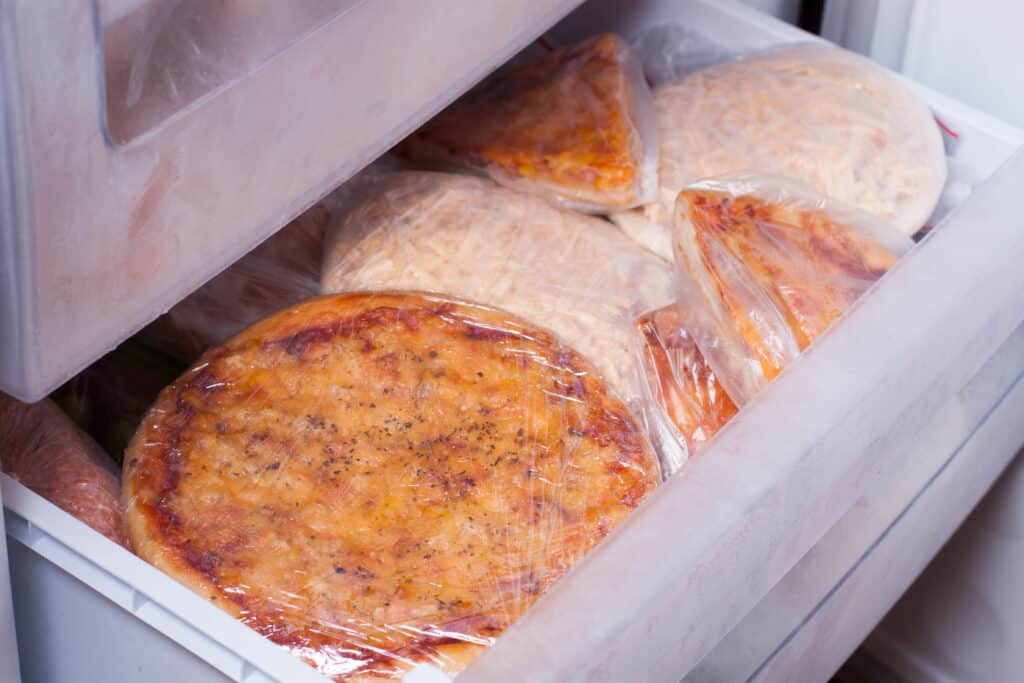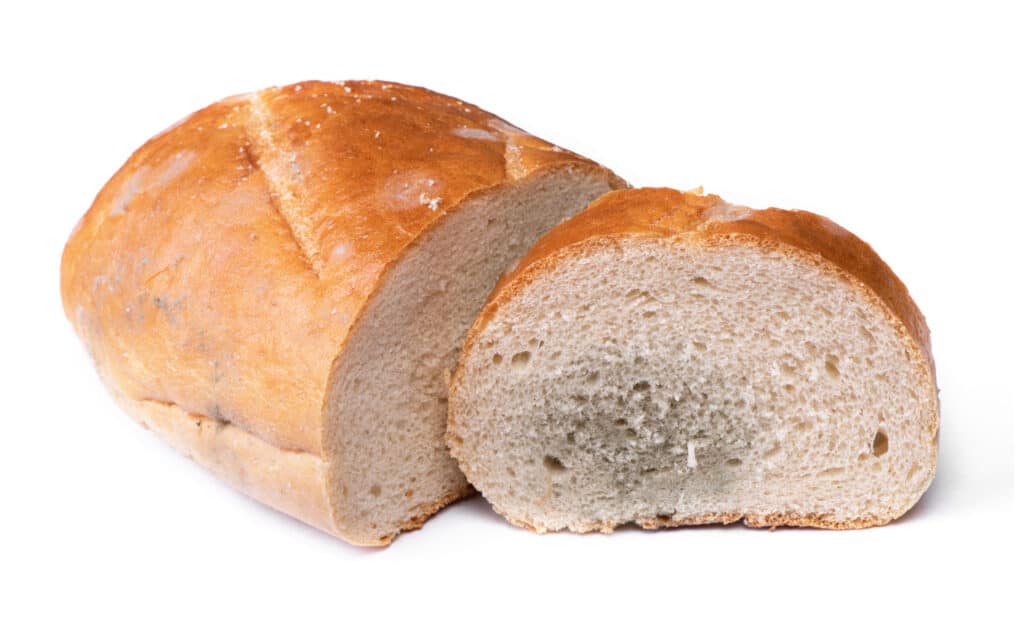There is simply nothing like fresh, home-baked bread. There are so many bread varieties to make, and baking them can be enjoyable for the entire family, but nothing is worse than reaching for a freshly baked loaf and finding it stale or moldy. How do you store bread to keep it fresh?
The most effective way to store bread long-term is in an airtight container or to freeze it in a freezer bag. Fresh bread must be eaten within a few days and kept at room temperature, in a paper or material bag, away from sunlight, moisture, and heat. Never store bread in or above the refrigerator.
There are several ways to store bread to keep it as fresh as possible, but it is essential to know how to store bread effectively if you want to keep it for longer than a day or two. Let’s explore the best ways to store bread to keep it tasty and fresh for as long as possible.

How To Store Bread To Keep It Fresh
Before we dive into the intricacies of storing bread well, it is essential to note that different types of bread store differently, and some bread last longer than others.
The way the bread is made and the ingredients used in the bread, including the flour, significantly impact the longevity of the loaf.
If you want to bake bread that lasts as long as possible, bake bread that includes eggs, butter, or both in the recipe. Fats help the bread to last longer, as it helps the loaf retain more moisture.
With that in mind, let’s explore the best and most universal ways to store bread and keep it as fresh as possible.
Be Careful Where You Store Bread
The most important consideration when storing bread is where you store it. The location in which bread is stored significantly affects its freshness over time.
If you intend to eat the bread within a few days, bread should always be stored in a room-temperature environment away from sunlight, heat, and moisture.
All these factors will cause bread to go stale more quickly, develop mold, and go bad in less time.

Never keep bread above the fridge, near appliances that get warm such as the dishwasher, and always keep your bread in a cupboard, pantry, or deep drawer to keep it lasting longer.
It is good to wrap your bread or place it in a container to prevent it from losing too much moisture, but be sure to manage the bread’s moisture, as too much moisture can lead to mold.
Freezing Bread Is Always Best
If you intend to eat the bread over a longer time, or if you want to store it for longer than a few days, the best way to store it and keep it fresh is to freeze it.
Freezing bread is very effective. Frozen bread can be easily defrosted and restored to almost the same freshness as when frozen.
The most reliable way to achieve this is to defrost frozen bread overnight in the refrigerator. This yields the best results and produces soft, delicious bread regardless of being frozen.
Freezing is also a good way to keep bread longer, as it can be frozen in sections or slices. Remove the amount you want to eat, and keep the rest in the freezer until you are ready to use it.
Frozen bread can be toasted from frozen or reheated in the oven to restore a crispy crust. Freezing bread is always the best long-term storage solution to keep your bread fresh.
Paper For Short-Term Bread Storage
When storing bread for only a few days, it is best to keep it in a paper bag rather than plastic.
Keeping bread short term in plastic causes rapid mold growth, as fresh bread loses moisture rapidly. This moisture accumulates on and around the bread and causes mold growth very quickly.
Storing the bread in a paper bag enables this moisture to escape, preventing mold growth and keeping the bread good to eat.
Plastic For Long Term Bread Storage
When storing bread long term, storing the bread in plastic is the best option, especially when freezing the bread.
Wrap the bread tightly in any plastic wrap or an airtight container. This will mitigate moisture loss while freezing and help the bread defrost with a pleasing softness.
A Few Extra Tips For Storing Bread
Storing bread and keeping it fresh can be challenging and frustrating. Everyone needs to know how to store bread well, especially freshly baked.
Here are a few extra bread storage tips to help you keep your bread fresher for longer.
- Never store bread in the fridge. Storing bread in the refrigerator causes it to go stale faster than keeping it on the counter. The refrigerator is designed to keep food cold and dry. These two environments cause bread to go stale quickly, which means it is not the right place to store bread.
- Always slice bread from the middle. When slicing a loaf that you intend to store for a while, cut the bread open in the middle, take a slice from each side, push the sides back together, and wrap the loaf tightly in plastic wrap. This will ensure that the loaf loses less moisture and stays softer and fresher for longer. This method is especially helpful for frozen bread.
- Reusable bread bags and bins are a great way to store bread short term to keep it fresher, as this mitigates moisture loss, but not so much that the bread grows mold, and it keeps the bread in a more stable environment out of direct sunlight.
- Bread likes to be stored at a stable temperature. 60°F – 80°F is ideal for almost all bread storage. Higher temperatures promote mold growth, and lower temperatures make the bread stale more quickly.
Conclusion
Storing bread the right way is the only way to keep it lasting as long as possible. Fresh bread should always be eaten within three days for maximum enjoyment, and store-bought bread may only last for 5 -7 days without being frozen.
Always store your bread in the freezer to keep it as fresh as possible, and always be aware that different bread varieties store and freeze differently. Find the best option for you by experimenting with various bread storage options.
